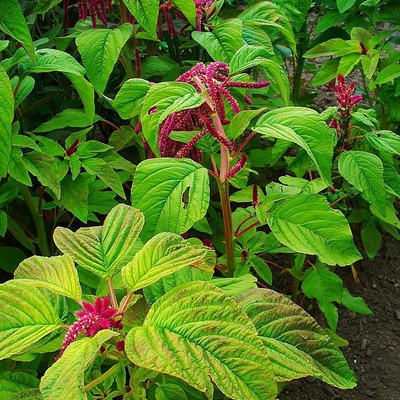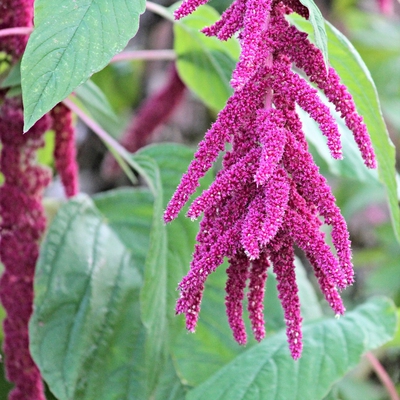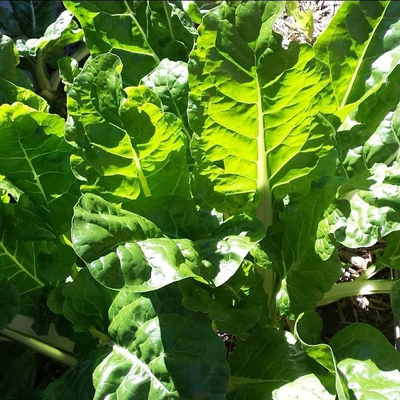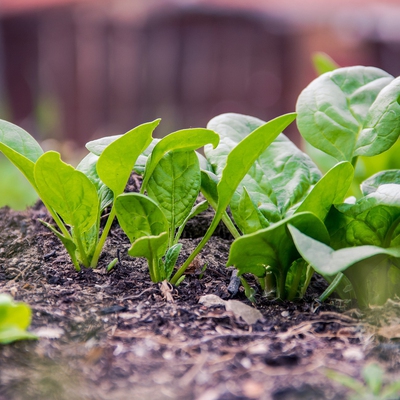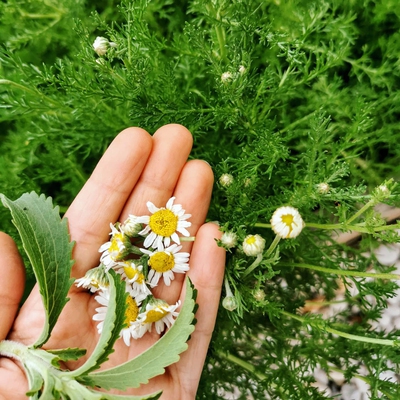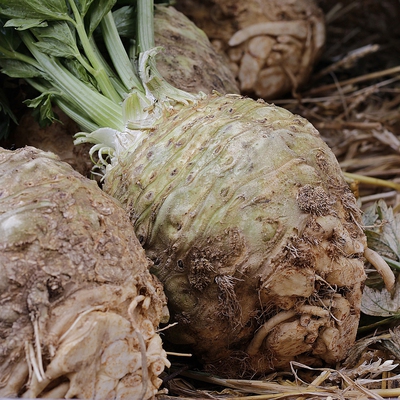Our guide to growing Amaranth will teach you everything from spacing, sun and soil, planting instructions and tips for care.
 Soil
Soil
What soil is good for Amaranth?
Amaranth will adapt to most soil types, although prefers rich, well draining soil.
 Position
Position
How much sun does Amaranth need?
Plant Amaranth in a full sun position.
 Frost Tolerant
Frost Tolerant
Is Amaranth frost tolerant?
No. Amaranth seeds require warm soil to germinate, both seeds and seedlings can be damaged by spring frosts. The best time to plant is in mid spring, once soil has warmed.
 Spacing
Spacing
How much space does Amaranth need?
Space Amaranth plants roughly 45cm apart.
 Planting
Planting
When should I plant Amaranth?
Sow Amaranth seeds indoors in winter for an early start or in spring once the soil has warmed.
Amaranth seeds are very small, sprinkle over a prepared area and cover with a light layer of soil, or just water them in allowing them to sink naturally into the soil.
Transplant in mid spring once the risk of frost has passed.
If transplanting, plant out in the early morning or evening and/or on an overcast day. Avoid planting at peak sun times and on windy days, this will allow your plants to settle in comfortably and protect them from windburn and sunburn.
Once seedlings are a reasonable size, mulch the soil around them well to retain moisture.
 Feeding
Feeding
What do I feed Amaranth?
Before planting Amaranth, prepare the soil by working in compost. Feed with a very light application of organic fertilizer throughout the season if leaves show signs of deficiency.
 Harvesting
Harvesting
When can I harvest Amaranth?
Harvest Amaranth leaves as required.
 Pests
Pests
What pests does Amaranth get?
Pests that may affect Amaranth plants include: Flea Beetle, Japanese Beetle, Lygus Bugs
 Diseases
Diseases
What diseases does Amaranth get?
Amaranth plants are generally disease free.
